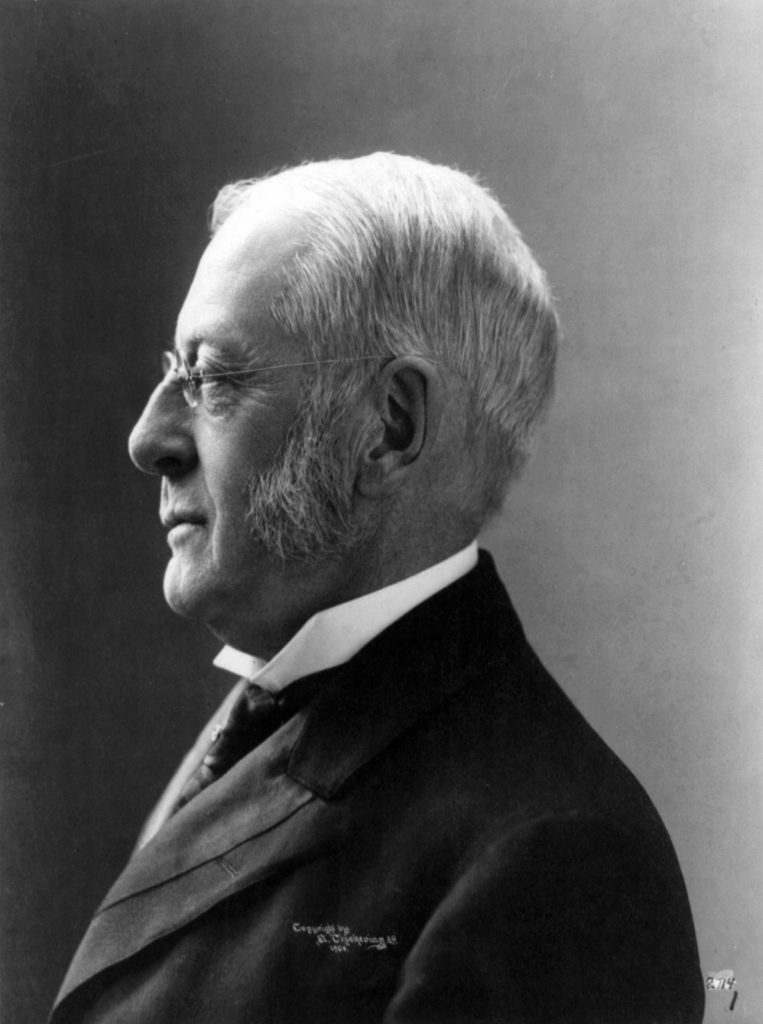
Articles
Editor’s Picks
What Most Educators Forget About Competency-Based Learning
By Henry Kronk
March 02, 2018
Competency-based learning has seen a surge in popularity in recent years and has been adopted by several online colleges, charter schools, districts and for-profit educators. As a measure of how mainstream the concept is, even some states have implemented competency-based learning standards for their high school students. In 2010, Michigan passed seat-time waiver legislation, allowing districts that would like to allow students to pursue online education as an alternative to the usual requisite class time. New Hampshire has also redesigned their state curriculum for a greater emphasis on competency. Ohio allows for a greater flexibility in demonstrating competency, including learning based on community service, independent study, travel, internships, and online learning.
Conventional wisdom states that competency-based learning supplants an old, outdated method of determining student learning, which was based partially on class time. In truth, education has rarely (if ever) ignored competency altogether. Educators have have always asked students to display their knowledge in one form or another, be it through grade-based testing, project work, presentations, etc.
But in North American high schools and universities, time-based learning still creates some unwanted consequences. Students pay for college on a per-class-per-semester basis. Each of the classes lasts an exact amount of time. Many students would conceivably be able to save on university by progressing faster through their coursework. Universities also may not recognize credits from other institutions and don’t let students test out of an equivalent class. Financial aid is largely determined by credit hours. Accreditation agencies, too, focus less on student success and more on faculty credentials, the time they spend on each course, and other factors.
Many educators today want to throw out time-based learning altogether and establish a system that judges students’ learning itself.
These educators forget that we used to do it that way.
What Came Before Time-Based Measures of Education?

In the 19th century, if a high school graduate wanted to attend college, they would need to pass an admissions process. Colleges varied widely on how they assessed students, but generally, they would either put them through a public oral trial or a written test in which they would be asked to demonstrate what they have learned and retained. In other words, they were asked to demonstrate their competency.
Not all schools were like this. To enter some, you had to be merely a certain age. Others asked students to demonstrate only a rudimentary knowledge of elementary subjects. But many others put their prospective students through rigorous tests to determine their preparedness.
Educators began to dislike this method, because the forms of assessment varied so widely and tended to be unreliable. There were also issues with regional bias. In response, a Harvard University educator, Charles W. Eliot, came up with a system that would measure how much time students put into their education. It mandated 120 hours of education of class time with an instructor at the high school level.
Enter Carnegie
Eliot’s system of measurement eventually caught the attention of the Carnegie Foundation, the education research and policy center founded by Andrew Carnegie. He wanted to support university professors who, at the time, were some of the worst paid, yet most important members of society. But he needed a way to determine which universities and colleges were worthy of his support. He didn’t want to help out institutions who were enlisting anyone who walked through their door. He wanted to foster a community of higher learning.
As a result, his institution embraced Eliot’s time-based system. In fact, the adoption of the 120-hour Carnegie Unit, as it was later called, was one of the center’s first widespread efforts. The group incentivized its use by offering retirement pensions to university professors in exchange for enforcing the standard.
As Jessica Shedd writes in her chapter “The History of the Student Credit Hour,” the Carnegie Foundation’s motive behind this was “using business models to document workload and institutional productivity” which, at the time, was based on hours worked, not results.
At the same time, it also sponsored the work of Morris L. Cooke, who essentially created a similar time-based standard for university course work, backed up by his own research. This became known as the Student Hour, or “an hour of lecture, of lab work, or of recitation room work, for a single pupil.”
The Carnegie Unit and time-based measures of education, therefore was a system created out of necessity, not inherent value.
No Child Left Behind, and Time vs. Competency-Based Learning Today
In 2015, the Carnegie Foundation published a thorough review of the time-based measure of student learning. They concluded that, while it has many disadvantages, namely the ones described in the beginning of this article, a better alternative does not exist.
For a competency-based learning system to work, the entire country would need to agree on and subscribe to a single measure of competence. As things stand, the U.S. doesn’t maintain anywhere near that degree of regulation. It doesn’t even maintain a standard for university accreditation. Instead, the Department of Education adheres to a list of accepted accreditation agencies.

It should be noted that we already have a federal and state system that partially tests students based on competency. The George W. Bush-era No Child Left Behind Act, which was reauthorized and expanded by the Obama Administration, mandated that ”
- … high-quality academic assessments, accountability systems, teacher preparation and training, curriculum, and instructional materials are aligned with challenging State academic standards so that students, teachers, parents, and administrators can measure progress against common expectations for student academic achievement …”
That legislation was far from a landmark success. Suddenly, teachers began preparing students for a particular set of competencies. They just taught to the test.
It’s true: measuring the current era with the 19th century isn’t an apples-to-apples comparison. But the current system of measuring students based on competence is fraught enough. If the time-based measure of student success is thrown out, and competency-based learning takes its place, measures of education and learning will be able to vary as widely as they did in the 19th century. It would be backward movement, not progress.









No Comments